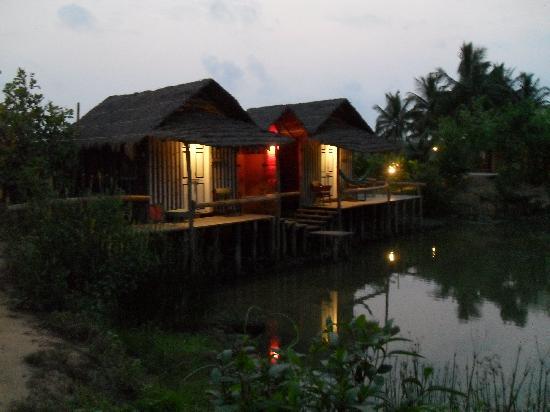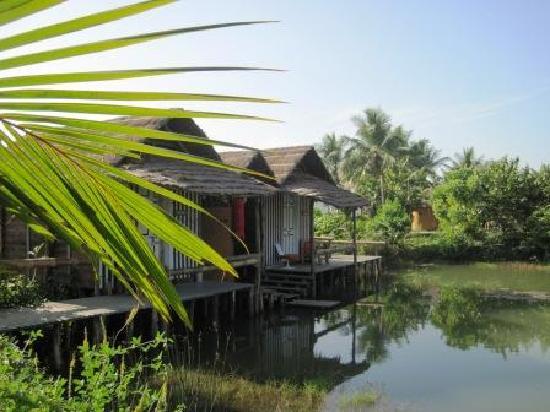A few years ago, maglev trains have existed in other countries, even in commercial scales, as is the case in China. But this does not prevent Brazil from having your participation: the Maglev Cobra, developed by the Federal University of Rio de Janeiro, is a promising project in the area of public transport.

Moving through magnetic levitation, maglev trains use problems have to stay off the ground. This is where the finger of Brazilian scientists, theoretically, the national project has no consumption at all, except one spent in liquid nitrogen, a cheap product for universities (about $ 0.80 / liter). Until the establishment of system would be more affordable than a system of subways, for example.

Moving through magnetic levitation, maglev trains use problems have to stay off the ground. This is where the finger of Brazilian scientists, theoretically, the national project has no consumption at all, except one spent in liquid nitrogen, a cheap product for universities (about $ 0.80 / liter). Until the establishment of system would be more affordable than a system of subways, for example.
















































